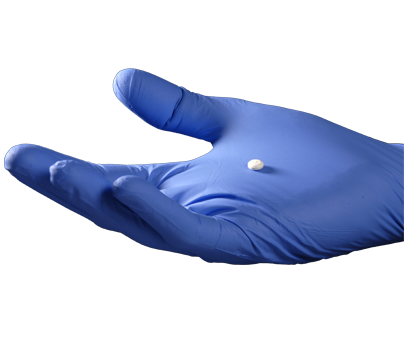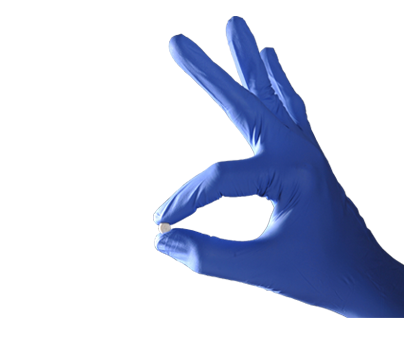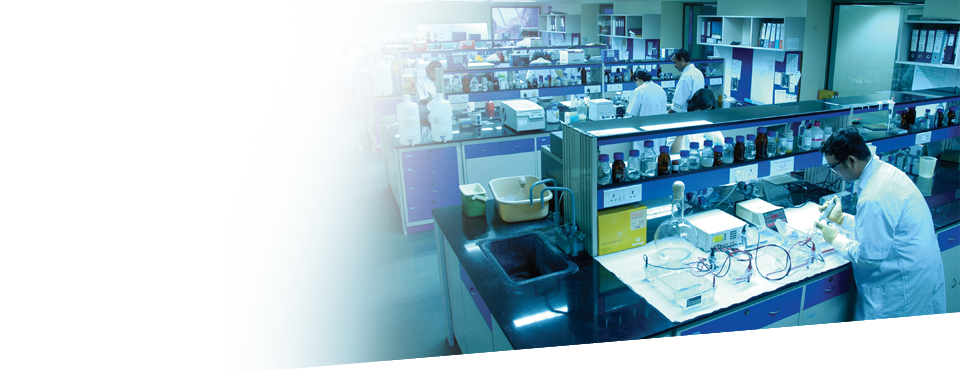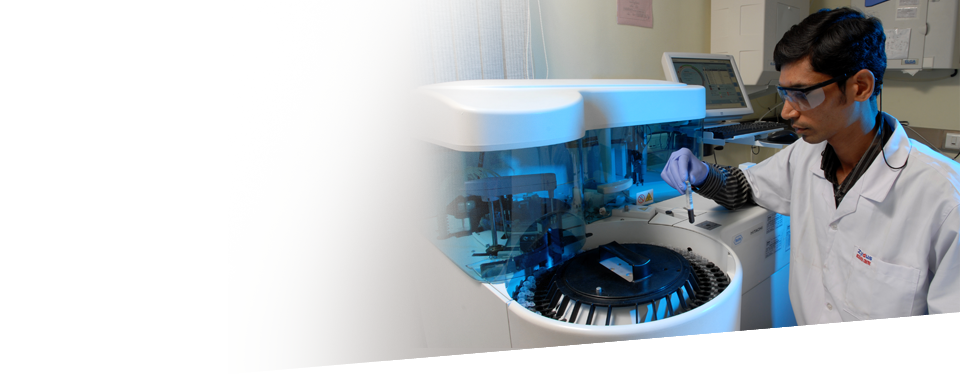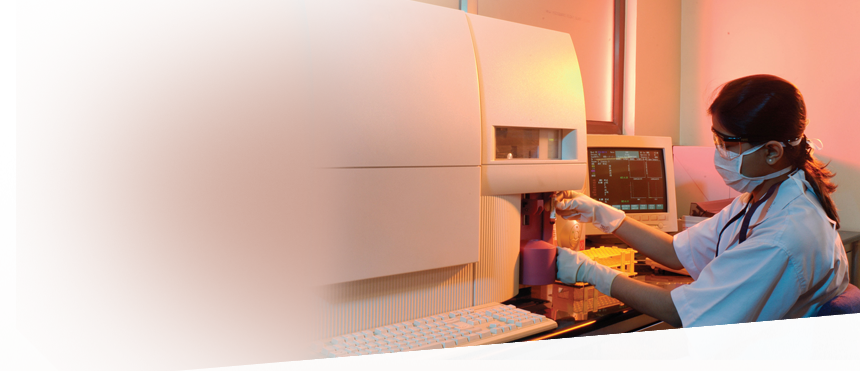LIPAGLYN - The novel drug for treating Diabetic Dyslipidemia
combines lipid and glucose lowering effects in one single molecule.Diabetic Dyslipidemia

Diabetic Dyslipidemia is a condition where a person is diabetic and has elevated levels
of the total cholesterol, the "bad" low-density lipoprotein (LDL) cholesterol and the
triglycerides and a decrease in the "good" high-density lipoprotein (HDL) cholesterol
concentration in the blood. Almost 85 to 97% of all diabetics are estimated to suffer
from diabetic dyslipidemia. Optimal LDL cholesterol levels for adults with diabetes are
less than 100 mg/dL, optimal HDL cholesterol levels are equal to or greater than 40
mg/dL, and desirable triglycerides levels are less than 150 mg/dL. Lipaglyn™ , a non-
thiazolidinedione, is the first therapy to be approved for this condition.
Diabetic Dyslipidemia is characterized by following conditions:
High TG
Low HDL
High small, dense LDL
What are triglycerides?
Triglycerides are fats carried in the blood from the food we eat. Most of the fats we eat, including butter, margarines and oils, are in triglyceride form. Excess calories,
alcohol or sugar in the body are converted into triglycerides and stored in fat cells throughout the body.
How are triglycerides different from cholesterol?
Triglycerides and cholesterol are both fatty substances known as lipids. But triglycerides are fats; cholesterol is not. Cholesterol is a waxy, odorless substance made by the
liver that is an essential part of cell membrane and nerves.
Cholesterol also plays an important role in body functions such as digestion and hormone production. In addition to being produced by the body, cholesterol comes from animal
foods that we eat.
Pure cholesterol cannot mix with or dissolve in the blood. Therefore, the liver packages cholesterol with triglycerides and proteins in carriers called lipoproteins to transport
it to sites throughout the body. An elevated triglyceride level increases the risk of heart disease.
When are triglyceride levels measured?
Triglyceride levels are usually measured whenever you have a blood test called a Lipid Profile. Everyone over the age of 20 years should have their cholesterol checked at least once every 5
years. Your health care provider can check your cholesterol and triglyceride levels by taking a sample of blood, which is sent to a lab for testing. The Lipid Profile shows your
triglyceride level, total cholesterol level, HDL cholesterol (high-density lipoprotein or “good” cholesterol) and LDL (low-density lipoprotein or “bad” cholesterol) levels.
Following a meal, blood triglyceride levels are normally high. For an accurate reading, blood samples for a triglyceride test should be taken after a 12-hour period of not
eating or drinking. Many other factors affect blood triglyceride levels including alcohol, diet, menstrual cycle, time of day and recent exercise.

